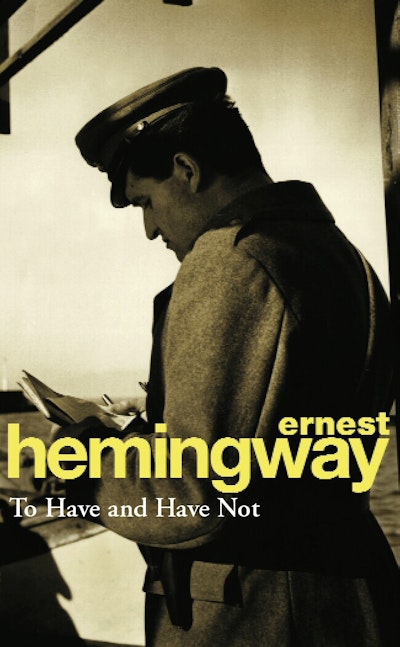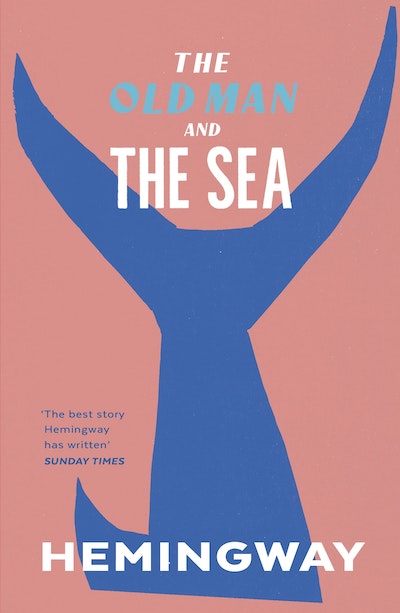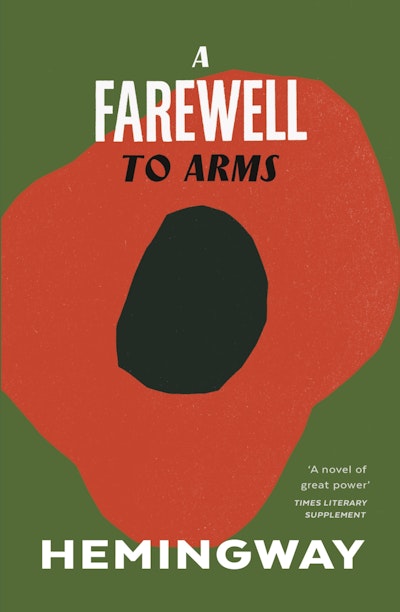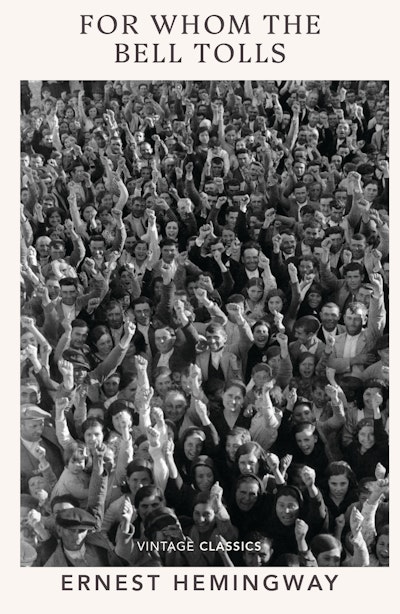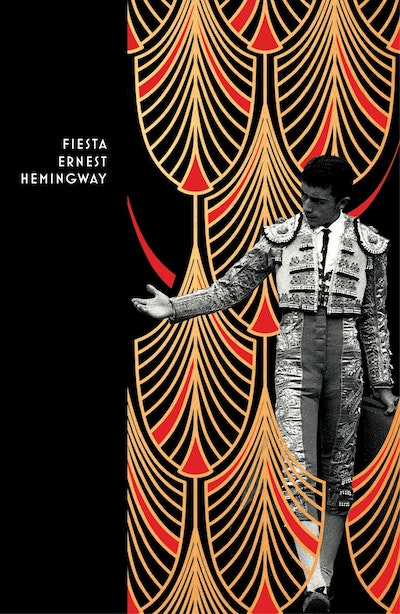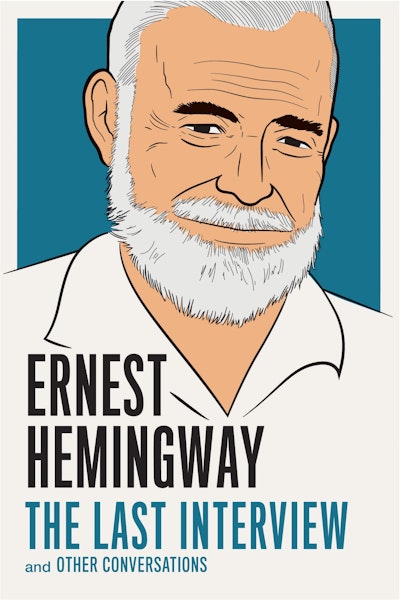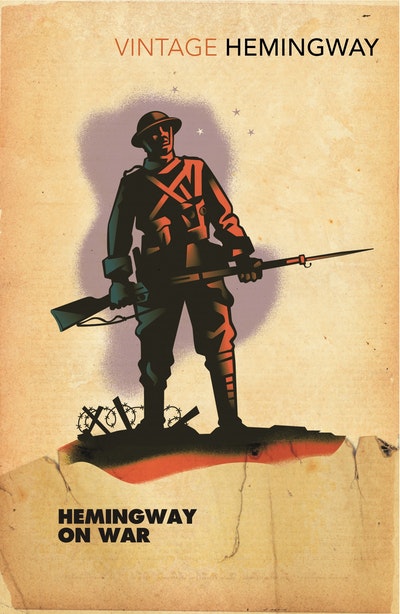- Published: 1 November 1994
- ISBN: 9780099909002
- Imprint: Arrow
- Format: Paperback
- Pages: 192
- RRP: $22.99
To Have and Have Not
- Published: 1 November 1994
- ISBN: 9780099909002
- Imprint: Arrow
- Format: Paperback
- Pages: 192
- RRP: $22.99
This active, passionate life on the verge of the tropics is perfect material for the Hemingway style, and the reader carries away from the book a sense of freshness and exhilaration
New Statesman
Absorbing and moving. It opens with a fusillade of bullets, reaches its climax with another, and sustains a high pitch of excitement throughout
Times Literary Supplement
Its tragic scenes are rendered with an economy of words and a power that might well be the despair of a lesser writer
Scotsman
Absorbing and moving. It opens with a fusillade of bullets, reaches its climax with another, and sustains a high pitch of excitement throughout
Times Literary Supplement
Its tragic scenes are rendered with an economy of words and a power that might well be the despair of a lesser writer
Scotsman
This active, passionate life on the verge of the tropics is perfect material for the Hemingway style, and the reader carries away from the book a sense of freshness and exhilaration; trade winds, southern cities and warm seas all admirably described by the instrument of precision with which he writes
New Statesman
